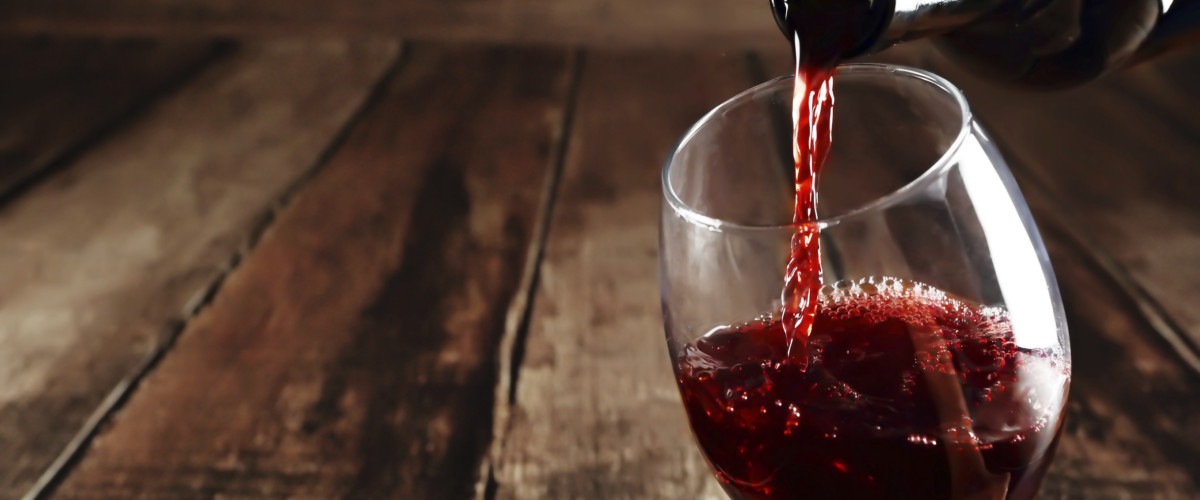Getting to Know a Wine-Part 3: look at its sugar

In my last post I wrote about the element of alcohol in wine. However, in order to understand alcohol you also have to understand the concept of fruit or sweetness. Alcohol and sugar content are directly related to one another. Just like some grapes have naturally higher levels of acid, some grapes varieties are naturally high in sugar. Even when fermented dry these wines will taste fruity. Some wines will be fruity because sugar is left in the wine, which is called residual sugar. This brings to mind possibly the two most misused descriptors in all things related to wine, dry and sweet. A dry wine is a wine that has been fermented dry, meaning no residual sugar left in the wine after the yeast has turned all the sugar from the grape juice into alcohol. Many people make the mistake by describing the wine’s bitterness or acidic qualities as dry rather than the lack of sugar. This misconception is easy to make considering that a wine that is very bitter does in fact dry out your mouth. However, a wine that is bitter can still be sweet.
The correct definition of a sweet wine means that the wine has residual sugar remaining. This can be confusing too because like I stated earlier a wine can have a fruity or juicy character yet still be dry. A perfect example of a grape that has a naturally fruity quality but produces dry wine is Grenache. Many Grenache based wines are fruity, fresh with lovely red berry fruit character and are dry. Now, just when you thought you were starting to understand that some grapes are fruity and some are earthy with high acid I’m going to make things more confusing. All wines can be made sweet or dry depending on how the wine is made. Some of the finest wines in the world are dry German Rieslings. These are high end, age worthy wines with so much elegance and sophistication, a far cry from the sticky jug wine most people relate to Riesling. Then look at all the sweet desert wines and ports being made from Cabernet Sauvignon and Zinfandel these days.
Wine is on a spectrum when it comes to the dryness and sweetness. In Europe there are terms or categories for the amount of sweetness a wine has but in the U.S. a wine maker can call a wine dry when in fact there is a touch of residual sugar left. Residual sugar can also be a good indicator for how well a wine will age. Wines with high sugar content will usually age well, as long as it has that acidity too. Just think of all those jams and jellies out there that hang around forever. That high sugar is what is keeping those jars preserved, the same can happen in wine. Another thing to point out, sweet wine does not always mean cheap wine. Some of my most memorable wine moments have been with beautiful ice wines that were 35 and 40 years old. If you are someone who thinks sweeter wine means cheap, keep your mind open try a sweeter style. Just make sure that the sweet wine you choose has that acidity to balance it out. What wines are those? Yep, you guessed it, cooler climate, grape varieties with high acid, sweeter styles. Examples: German Rieslings, Vouvray from France, and some Pinot Gris from the Alsace. They may just blow your mind!
Try to be even more mindful of the fruit in your next tasting.
Autumn
